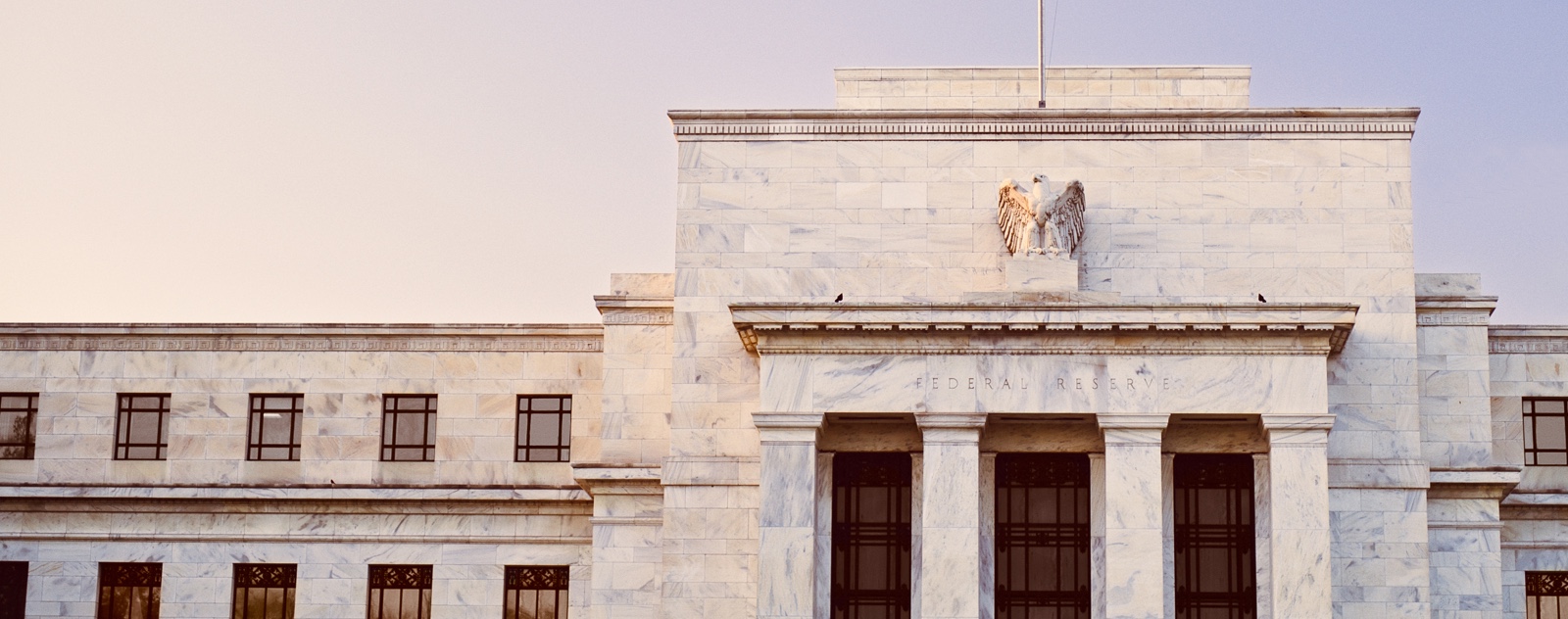Taking the Bite Out of High Yield’s Tail Risk
The unprecedented—and by all means unanticipated—moves announced late last week by the Fed include corporate credit facilities that allow the U.S. central bank to buy so-called fallen angels, or those credits recently downgraded from the lowest investment grade status (BBB- using S&P conventions) to high yield. If that wasn’t enough, the Fed announcement also included language providing notice that the central bank will now be able to purchase shares in high yield ETF’s, subject to certain caveats including a 20% cap on its ownership of any given security complex.
And with that, we have officially entered the age of the U.S. taxpayer as a high yield investor. So what are investors to make of all of this? Are we back to “risk-on” mode? Are we dangerously close (or past the line) to moral hazard? And, what about all those defaults market participants saw coming down the pike—are those now off the table?
There is no question that the Fed’s announcement provided support for the high yield markets as a whole. As markets gapped higher on the news, credit spreads tightened by an eye-opening 85 basis points (bps) in a single day, suggesting that the Fed’s message was received loud and clear.
Looking at some of the more tangible effects, it’s clear that the issue of fallen angels has weighed heavily on markets since they began spiking in mid-March. With over $150 billion of issues already having fallen from investment grade to high yield—including high-profile names like Ford and Occidental Petroleum—market participants have been understandably worried about the high yield market’s ability to digest this supply without repricing the entire market lower. What the Fed’s announcement has done is made this transition more orderly. Will we continue to see downgrades as the real-world impacts of the coronavirus continue to proliferate through the economy and weigh on corporate earnings? Most likely, yes. In fact, we calculate that there is another $200 billion of issuance at risk of making the fall from investment grade to high yield. But liquidity concerns for these large issuers—in other words questions about their ability to refinance upcoming maturities—have significantly decreased as a result of the Fed’s actions. And just as concerns about fallen angels previously had a cascading negative effect lower down the credit spectrum as repricing filtered its way down, this “de-risking” is itself cascading down that same path. In other words, this rising tide is beginning to lift (or at least provide some support) to all ships.
Similarly, the impact of the Fed buying high yield ETFs is also likely to provide support. While ETFs represent only a small portion of U.S. high yield AUM (3.6% according to J.P. Morgan) they do tend to be the marginal buyer in high yield and an important gauge of sentiment. The fact that the Fed has signaled its intent to buy these shares—even, it must be noted, without having made a single purchase yet—has sent a powerful message to markets: the Fed will do whatever it takes. This message is clearly being received and seems to be setting in motion a virtuous cycle, one where the Fed’s intent causes market prices to rise → which improves sentiment → which encourages investors to take more risk → which encourages more issuers to come to market with supply. So far, the Fed’s plan to rekindle animal spirits appears to be working, as investors have taken their cue from the central bank, or at least in the case of potential short sellers, have taken the old adage “Don’t fight the Fed,” to heart.
What does all of this mean long-term? Like anything these days, it’s difficult to predict next week—and nearly impossible to predict next year or even five years out. There’s an argument that moral hazard has been introduced here. What is the point, after all, of responsible risk-taking and avoiding lending to the riskiest of companies when the Fed will come in to save the day when things go wrong? While this does raise some philosophical questions and suggest that high yield investors will need to be as attuned to central bank actions as they are to credit fundamentals going forward, it is worth remembering that the Fed’s actions are providing relief from a truly exogenous event—as opposed to one characterized by financial excesses like the global financial crisis (GFC). And with high yield issuers providing millions of jobs for Americans, the real-world impact of taking near-term liquidity concerns off the table for many issuers should not be forgotten.
This all doesn’t mean that high yield is out of the woods. We still expect defaults to rise. And while potential defaults may come down by a few percentage points given the Fed’s actions and other support programs—most notably for companies where the main issue was liquidity—other companies will struggle. Defaults will likely rise in structurally challenged sectors like energy and retail, regardless of recent actions. But what has changed is the tail risk in high yield markets. We don’t know if we’re nearing the worst of the coronavirus crisis or if we’ve got many months to go. But we do now know that we’ve got a central bank that appears willing to do what it takes to help struggling issuers bridge this difficult (albeit hopefully temporary) period. The confidence boost that provides investors should not be taken lightly.





